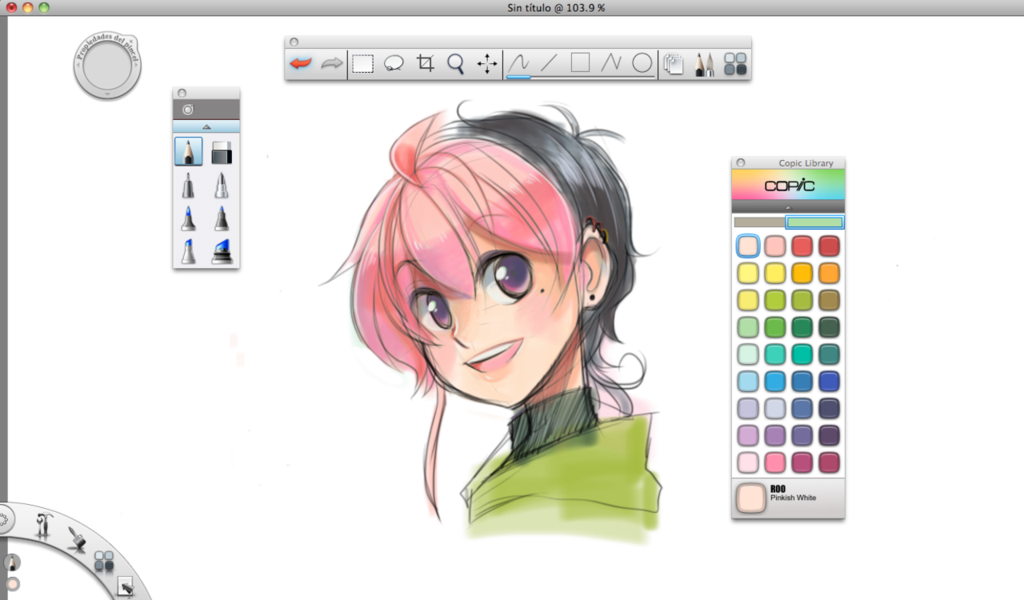
The maps I'll be using are shape, ambient occlusion, color, shadow, and shine. All the maps affect each other, adding to the final look of the object. Each light effect is painted separately in the form of a "map". The method I will be using is based on 3D modeling. You may already have most of them, but to make the whole process more convenient, I've collected them in a set that you can download and pin to the palette. I'll be using the desktop version with brushes from various free brush sets (Basic, Texture, Fur Brushes, Textured Watercolors). Of course, you'll need Sketchbook Pro as well. You can also limit the whole scene to one or two pieces of fruit, to make it all easier. However, feel free to use any other reference you find fitting-the instructions will be universal. I'm going to use Various Fresh Fruit from Envato Elements-fruit is a perfect subject for study, because it has a variety of colors, materials, and textures. It must be big enough to see all the details. We need a high-quality photo reference for this study. In this tutorial, I will show you how to create such a study in Sketchbook Pro, and how to learn from it in the process.

Photorealistic paintings are impressive, but they're also very valuable for artists for one special reason: by painting one, you learn what reality looks like, so that you can later paint unreal things-people, creatures, and places that don't exist-as if they were real.


 0 kommentar(er)
0 kommentar(er)
